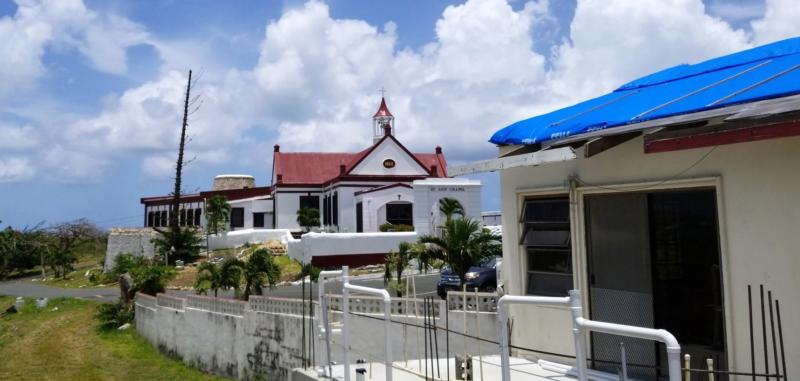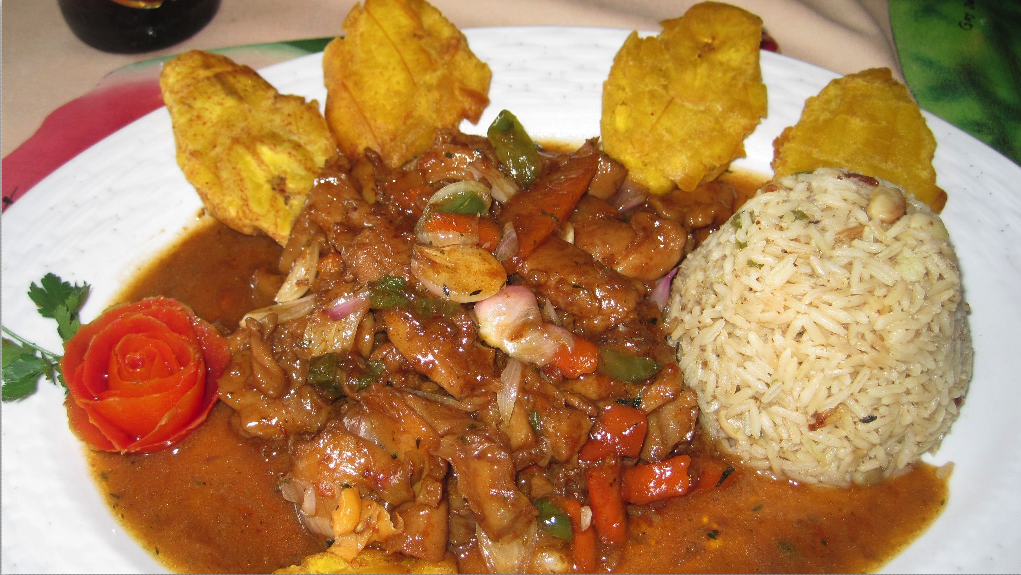News Americas, NEW YORK, NY, Fri. Sept. 21, 2018: Thursday, September 20th marked the one-year anniversary of Hurricane Maria’s devastation of Puerto Rico as well as the US Virgin Islands.
But while the spotlight continues to be placed on Puerto Rico, which left 3,000 people dead and created decimation nationally, the US Virgin Islands was also impacted and continues to struggle to rebound.
Federal Emergency Management Agency on Thursday admitted that housing continues to be a challenge for many survivors and vital healthcare services remain impacted.
While the Kaiser Family Foundation (KFF), said the territories’ health care systems continue to face capacity, infrastructure and financial challenges even as health needs have increased, especially in mental health.
On Facebook, St. Croix resident Melody Rames, agreed that many still have blue roofs, a reference to tarpaulin roofs that were put in place immediately after the storm while many buildings remain ravaged.
Additionally, she said, pot-holed roads are still a daily reality while schools and hospitals remain in a “deplorable” state.
The Kenneth Mapp administration continues to struggle with reopening schools, and teachers have taken to the streets to protest unfavorable working conditions while calling for wage increases
Many government workers Rames added are also still displaced or working in mold infested buildings even as thousands have moved to the mainland.
But FEMA’s Federal Coordinating Officer Chris Hartnett struck a positive note Tuesday, stating: “Together we have made substantial headway in many areas, but there is still a lot of work to be done. FEMA is committed to remaining in the USVI to help the territory fully recover and rebuild even stronger.”
He added that US federal agencies have provided more than $1.9 billion to the territory in FEMA grants, disaster loans by the U.S. Small Business Administration and claims payments by the National Flood Insurance Program.
PUERTO RICO
In Puerto Rico, many are also still struggling to survive and rebuild a year later. Cities like Yabucoa remain only 50 percent repaired.
Gov. Ricardo Rossello in San Juan told Fox News that Maria caused about $140 billion in damage and he worries that the next hurricane could break it all apart again.
“All we’ve done right now is essentially lift up the old system, and in some parts it’s even more vulnerable than it was before Maria,” he said.
The island’s power grid remains very unstable, many like in the USVi live under blue roofs, and NGOs across the island continue to identify vulnerable patients.
“It’s a year later, and while a lot has been done, we’re still finding people living under plastic,” said Samaritan’s Purse Daniel Stephens. “So, it’s still a struggle.”
Damage and debris is still a prominent part of the new landscape. A massive wind-power farm remains standing, with pieces of the huge turbines still on the ground. The power utility still hasn’t gotten to that.
In the northern, coastal town of Barceloneta, Maria ate up the beach, which has resulted in a dozen houses to collapse into the sand. They still sit there, piles of abandoned rubble.
Like many USVI islanders, many Puerto Ricans have also moved away from the island, with almost 3,000 now calling Florida home even as FEMA stopped paying for hotels for storm victims.
On Thursday, the Congressional Hispanic Caucus is calling for a meeting with top officials from the Federal Emergency Management Agency (FEMA) to discuss what steps they are taking to help recovery efforts in Puerto Rico one year after Hurricane Maria devastated the island.











